Every time every story talks about the light philosophically. The darkness within pushed out by the light has always been an aspect blooming the life of the protagonists. However, the philosophy is based on personal reactions as light is the first thing that helps you see and perceive a place or a person. Be it the bright world of Karan Johar or the gloomy world of Wes Craven, light is indeed a major factor in depicting the emotional background of the setup.
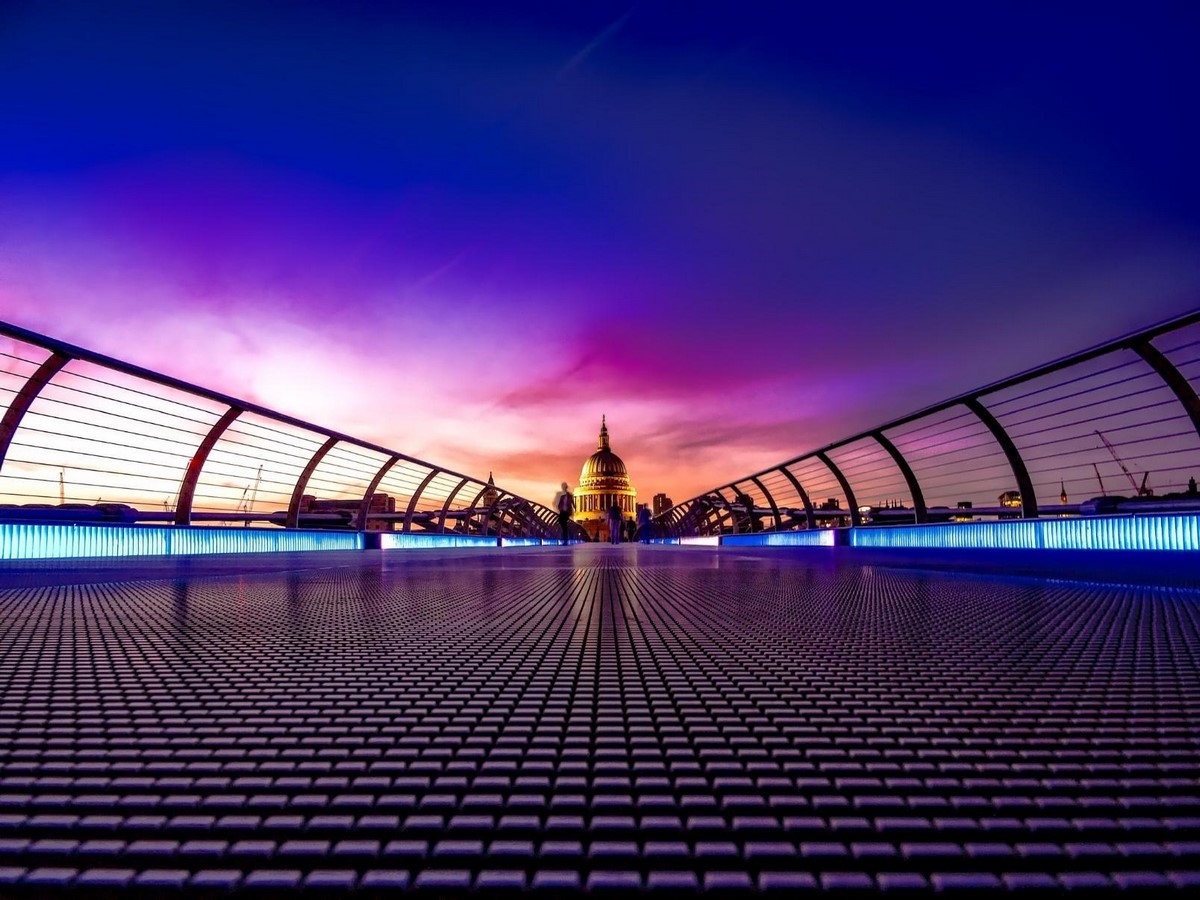
Quoting William Shakespeare,” Stars, hide your fires; Let not light see my black and deep desires,” states the impact of light on vision as it helps you discern anything and everything. When you walk into a room the first sense that comes into action is the eyes. Our brain makes decisions on what we perceive through our eyes. If a room is brightly lit, it heightens every other sense and invites you to work accordingly. If a room is dimly lit, it makes you feel relaxed and put your energy down. Lighting has an impact on people’s emotions and moods; the stronger the sensation, whether good or bad, the brighter the light.
The person feels warm when there are brighter red lights around. Even if the light has a slight blue hue, it sometimes makes people feel more anxious. Productivity quickly rises when a person observes early sunshine. When there is little cloud cover, pleasant, sleepy, and calm feelings are created. Most locations that demand illumination for productivity relate lighting with orange colors similar to that of the sun. It gives the body additional warmth and energy stimulation. To create an optimal arrangement, a precise combination of natural and man-made lighting is essential. When considering public spaces, it should be a place that is warmer and brighter and helps people to socialize as man is a social animal.
Light it up!
Lighting has a major influence on the ambiance of a place and is the most crucial factor to consider when creating a space. Light establishes zones and limits, extends and amplifies a given space, develops linkages, and delineates one region from another, making a smaller room look larger or vice versa. The light kinds projected are proportionate to the given location’s pleasantness, clarity, and spaciousness. According to Kaplan and Kaplan’s theory, lighting may directly influence people’s psychology since it serves to draw attention to, familiarize, and recall certain places. Shopping malls, for example, are designed to attract customers, while saunas and spas are designed to calm down the masses. Restaurants are curated to stimulate appetites and play zones to instill a feeling of competition. While spa and wellness centers utilize 2200k temperature lights, retail enterprises use 4000-5000k light color temperatures. One may draw a connection between the amount of color temperature taken into account and this example.
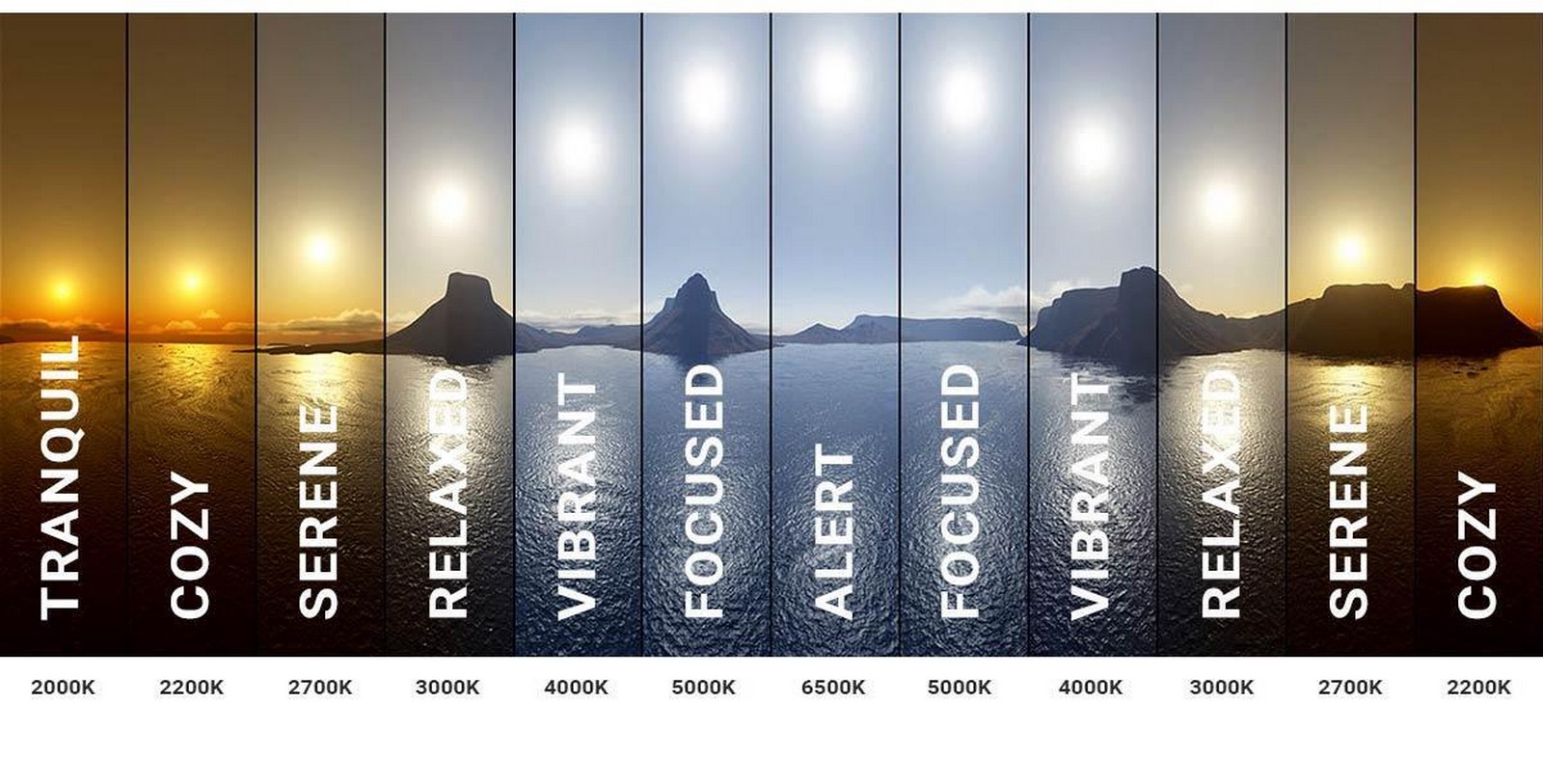
Coloring the spatial canvas
As put forth by the light theory, white light consists of a spectrum of seven colors that can be differentiated based on wavelengths. Two aspects of light make the quality of visuals and mood of the space- the color temperature and the Chromatic Rendering Index (CRI). Humans don’t even realize how the impact of colors is spread all over their lives. It influences the conscious, subconscious, and unconscious aspects of human existence. It is defined as a unique visual experience created by visible radiation or color stimulation when light from a natural or artificial source is interrupted by an object or a dust particle. Hue, brightness, and saturation are the three fundamental elements of color that reflect light. Color saturation results from sunlight passing through several sets of color temperatures throughout the day. The saturation makes the buildings appear more brilliant or faded during the day. The body can more easily respond to the changing seasons thanks to sunlight and other sources of natural light. Skylights, diffusion, and zenith lights are three ways that natural light may be attractively incorporated into buildings. The same chroma and color characteristics are frequently used in artificial lighting to improve interior environments.

The saturation is aided by the color temperature on a scale of warm to cold. This immediately affects the space’s ability to be noticeable in terms of accessibility and satisfaction. Because the Circadian regularity of the human body aids melatonin production, cortisol activity, and alertness, illuminating emotions enter the scene. Because the brain is most sensitive to blue wavelengths and least sensitive to red wavelengths, blue is used to keep people awake, hopeful, and productive, whereas red is used to soothe our thoughts and enhance melatonin to facilitate a good night’s sleep. This serves as the cornerstone for light therapy, which can help those suffering from various psychological conditions. It primarily uses exposure to bright lights, such as the morning sun, to alter moods. Yellow lights are used to create friendly, personal, and peaceful environments. Pink tones are used to create a calming and peaceful environment. Violet colors stimulate pain alleviation and are used in stress-relieving environments. In terms of psychology, the intensity of the color simulation relies on the person’s personality. It is likely to have a stronger influence on extroverts but a negative impact on introverts. Extroverts require quiet stimulation at times, thus every intense stimulus should not be connected with them.
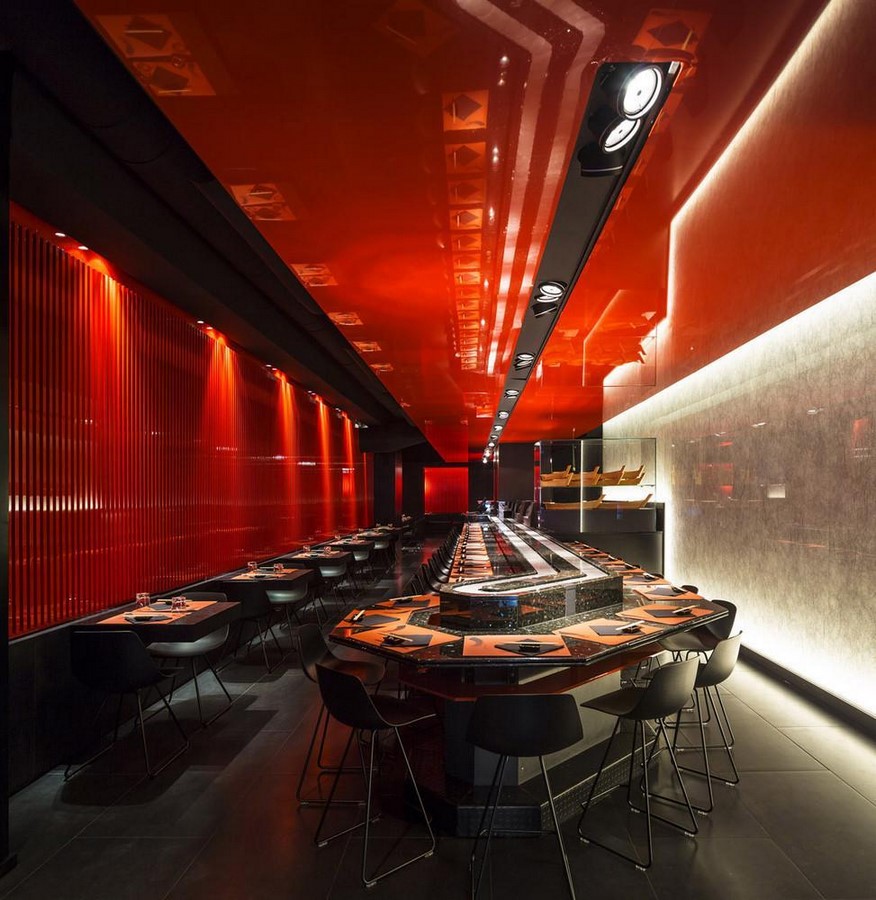
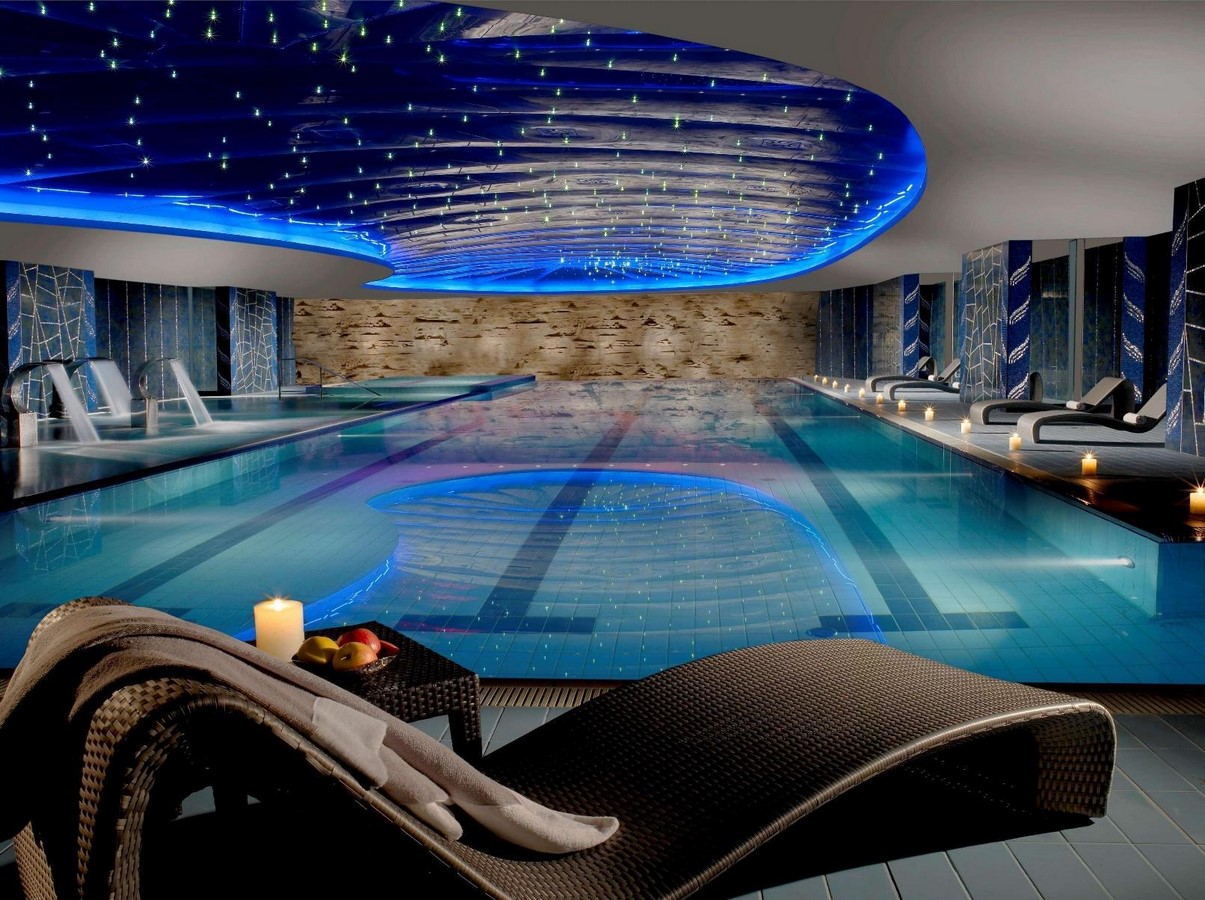
As a result of psychological investigation, we can conclude that while adding colored lights to the source of light might modify emotions, natural solar light has the greatest influence on promoting well-being and productivity. High-quality illumination must meet the biological demands of particular and temporal orientation, structural form understanding, attention direction, personal space indicators, dazzling surroundings, visual appeal order, and a sense of security.
Lighting up darkness
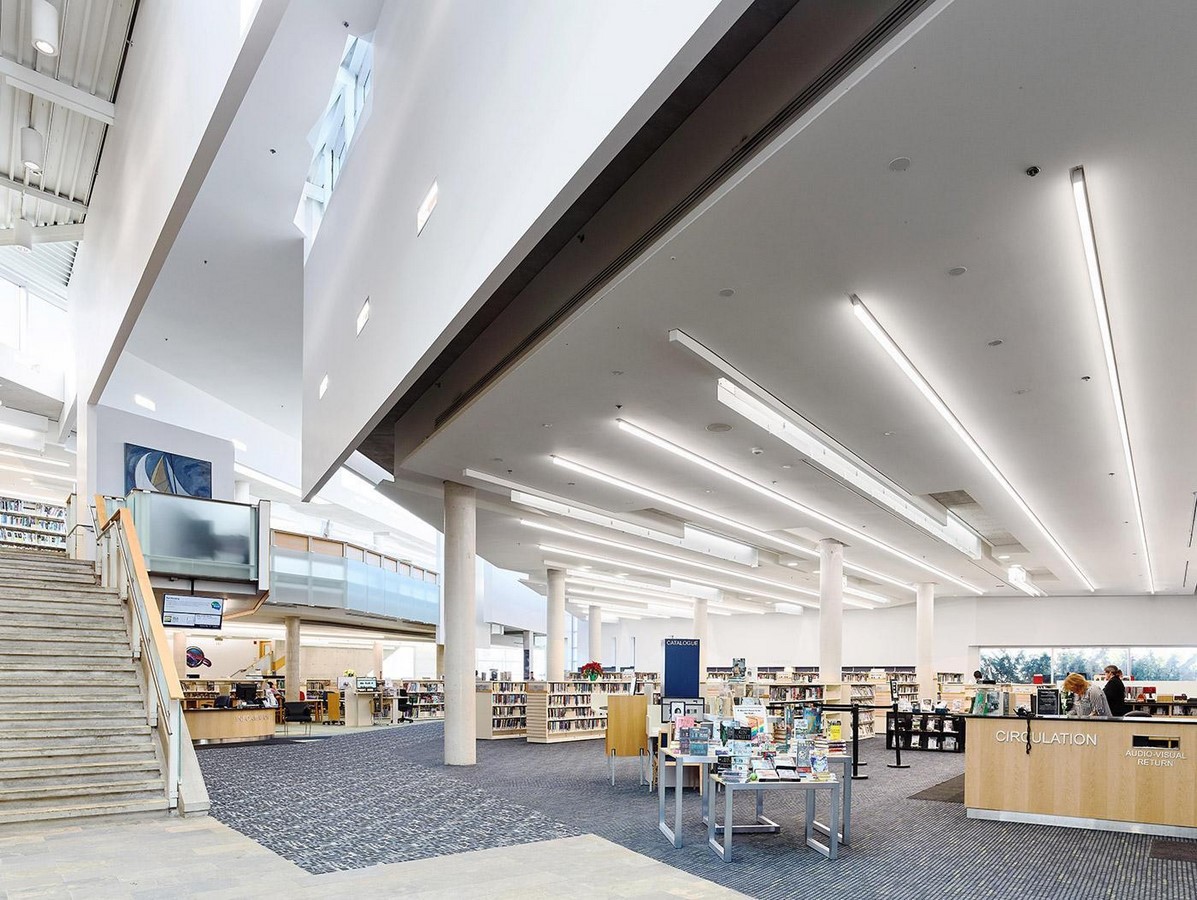
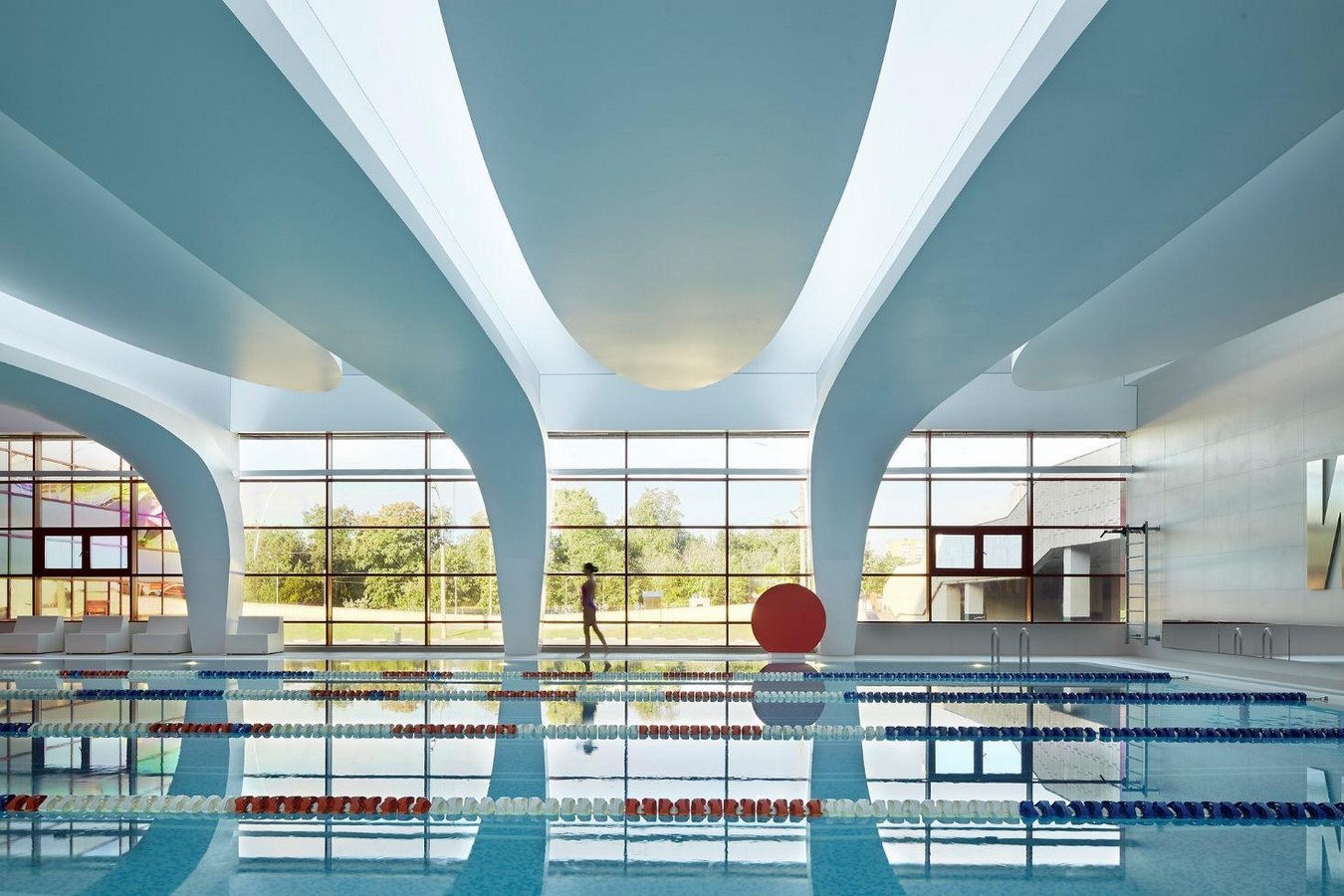
All human activity occurs in some degree of light and darkness, and all forms of light, including artificial and natural lighting, offer structure to the usual social behaviors that diverse social groups use to navigate social space. Public spaces are regions of society where people may learn and have fun. Such environments demand a lighting system that places visual comfort over adaptability. The quantitative and qualitative components of visual performance are illuminance levels, light dispersion, glare, and visual comfort. It is possible that designing an illuminated environment with attention to the emotional needs of the residents would not result in any potential loss of lighting quality. According to researchers, the intensity of our emotions is influenced by how warm people feel and how much heat people detect around them. Individuals may feel more passionately about their beliefs and emotions due to the heated emotional system brought on by rising brightness. Both good and negative emotions are affected by bright light. One may considerably control our mood by adding additional light to a dark space or reducing the harsh intensity of an overly bright light.
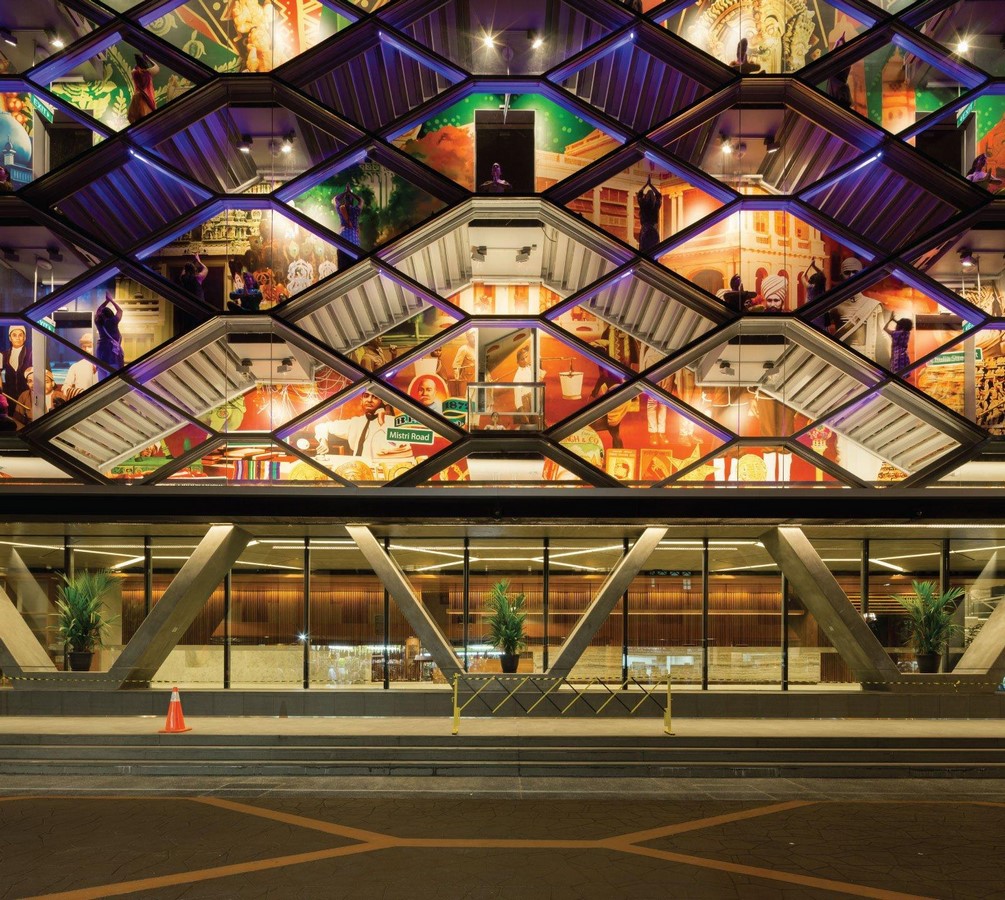
Eternal Sunshine
The obvious choice for effective work would be throughout the day, specifically between the hours of 9 a.m. and 5 p.m. Productivity declines when the sun sets, however, this is dependent on the individual’s mental faculties. The new trend in the industry is becoming green and thus adjustments to accommodate solar energy needs are added to the designs.
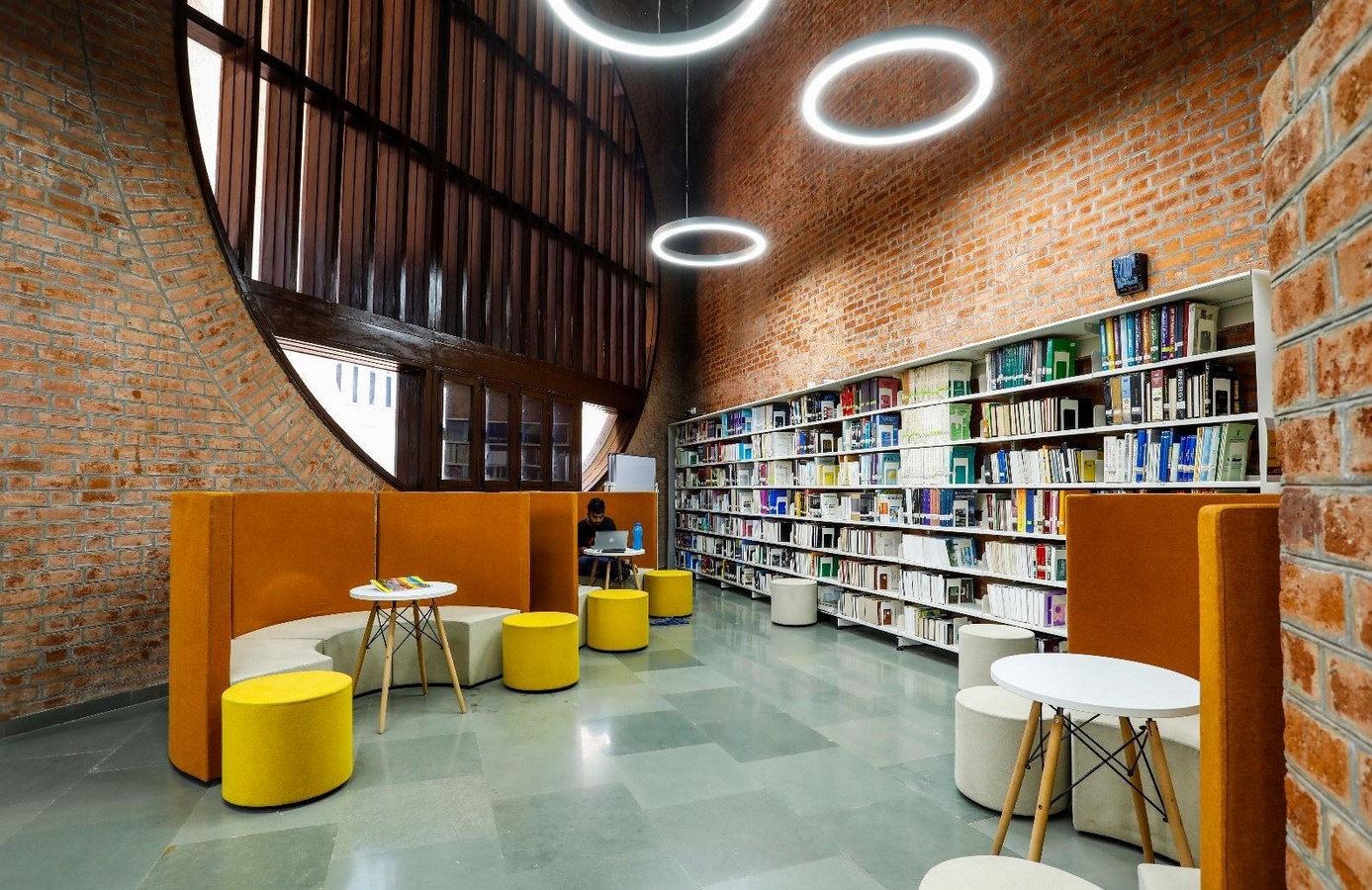
The Master Architects of the 20th century made a point of incorporating natural light into both dramatic and practical ensembles. Using the Guggenheim Museum as an illustration, it is easy to see that the atrium’s glass dome allows for direct light while the ribbon windows provide indirect light. Such architectural wonders are frequently lit naturally. Daylighting design involves carefully considering both big and tiny windows and fenestrations to ensure that the daylight is adequately distributed with the ideal quality and quantity.

The most important aspects for architects and designers to address are the sensations, emotions, and states of mind to be elicited in the building’s occupants. It must also be evident that the patterns of conduct alter depending on the architecture. The healthy patterns may be highlighted with a suitable design. Emotions are an important aspect of who we are. Light is required for our survival. The relationship between light and emotion requires additional exploration. Understanding emotional reactions to lighting is critical. Evaluating retail markets and lighting is vital for understanding the relationship between light and emotion. However, architecture has a varied influence on everyone, and diverse patterns of perception, personalities, and cultural imprints come into play, it is important to find the right balance for the creation of thoughtful architecture.
References
- UKEssays. November 2018. The Relationship Between Light And Architecture Philosophy Essay. [online]. Available from: https://www.ukessays.com/essays/philosophy/the-relationship-between-light-and-architecture-philosophy-essay.php?vref=1 [Accessed 31 August 2023].
- ArchDaily (2018). Mood Changers: Why Lighting is The Most Important Design Feature. [online] ArchDaily. Available at: https://www.archdaily.com/898849/mood-changers-lighting-design-101-nil-why-lighting-is-the-most-important-design-feature.
- Arjmandi, H., Tahir, M., Shabankareh, H., Shabani, M. and Mazaheri, F. (2011). PSYCHOLOGICAL AND SPIRITUAL EFFECTS OF LIGHT AND COLOR FROM IRANIAN TRADITIONAL HOUSES ON DWELLERS. e-Bangi, Journal of Human Sciences & Humanities, [online] 6(2), pp.288–301. Available at: https://core.ac.uk/download/pdf/11490303.pdf [Accessed 1 Sep. 2023].
- Edensor, T. (2017). From light to dark : daylight, illumination, and gloom. Minneapolis ; London University Of Minnesota Press Cop.
- Mahnke, F.H. (1996). Color, environment, and human response : an interdisciplinary understanding of color and its use as a beneficial element in the design of the architectural environment. New York ; Chichester: Wiley.
- Margarete (2018). 1# ARCHITECTURAL PSYCHOLOGY: The Influence of Architecture on our Psyche. [online] Medium. Available at: https://medium.com/archilyse/1-the-influence-of-architecture-on-our-psyche-f183a6732708.
- Steffen, R. (2023). Exploring effects of lighting in physical and virtual spaces. [online] kluedo.ub.rptu.de. Available at: https://kluedo.ub.rptu.de/frontdoor/index/index/docId/7316 [Accessed 1 Sep. 2023].
- Kim, D.H. (2018). Light & Emotions: Exploring huan affect in lighting. [PhD Thesis] Available at: https://discovery.ucl.ac.uk/id/eprint/10042464/9/Kim_10042464_thesis_signature_redacted.pdf.





















